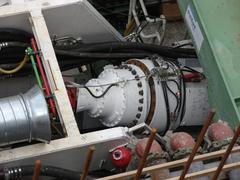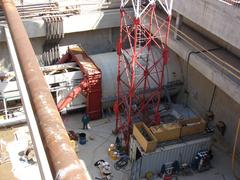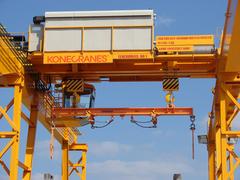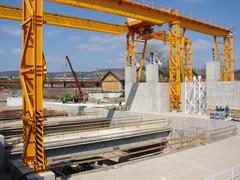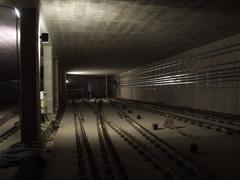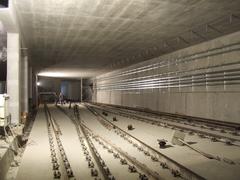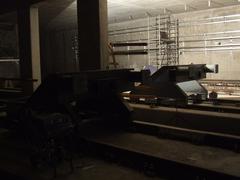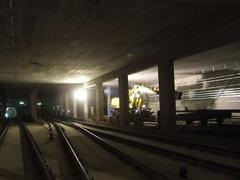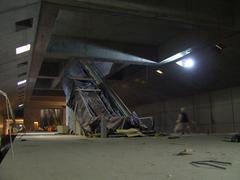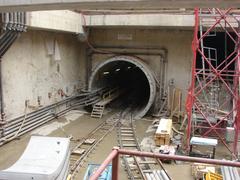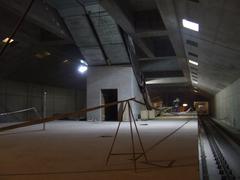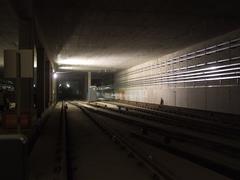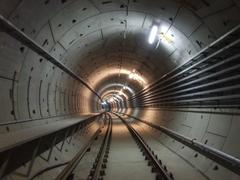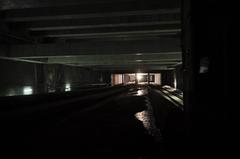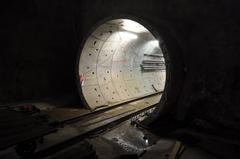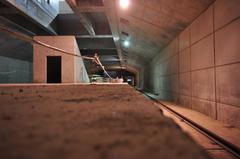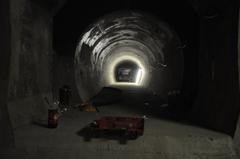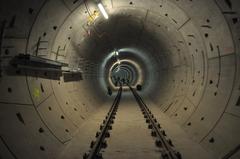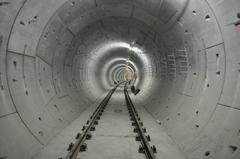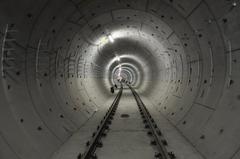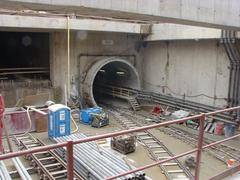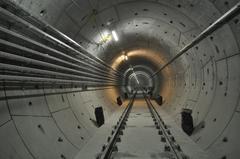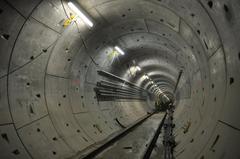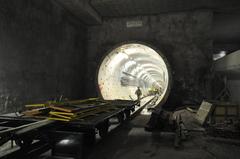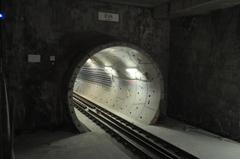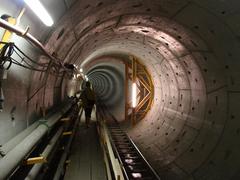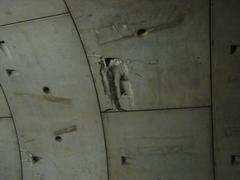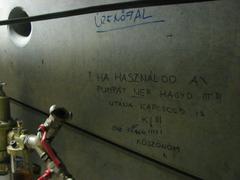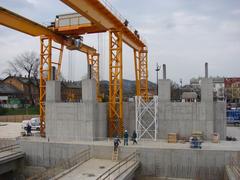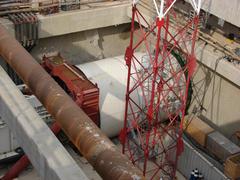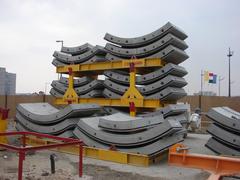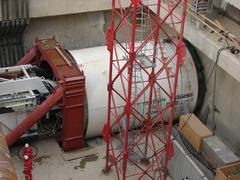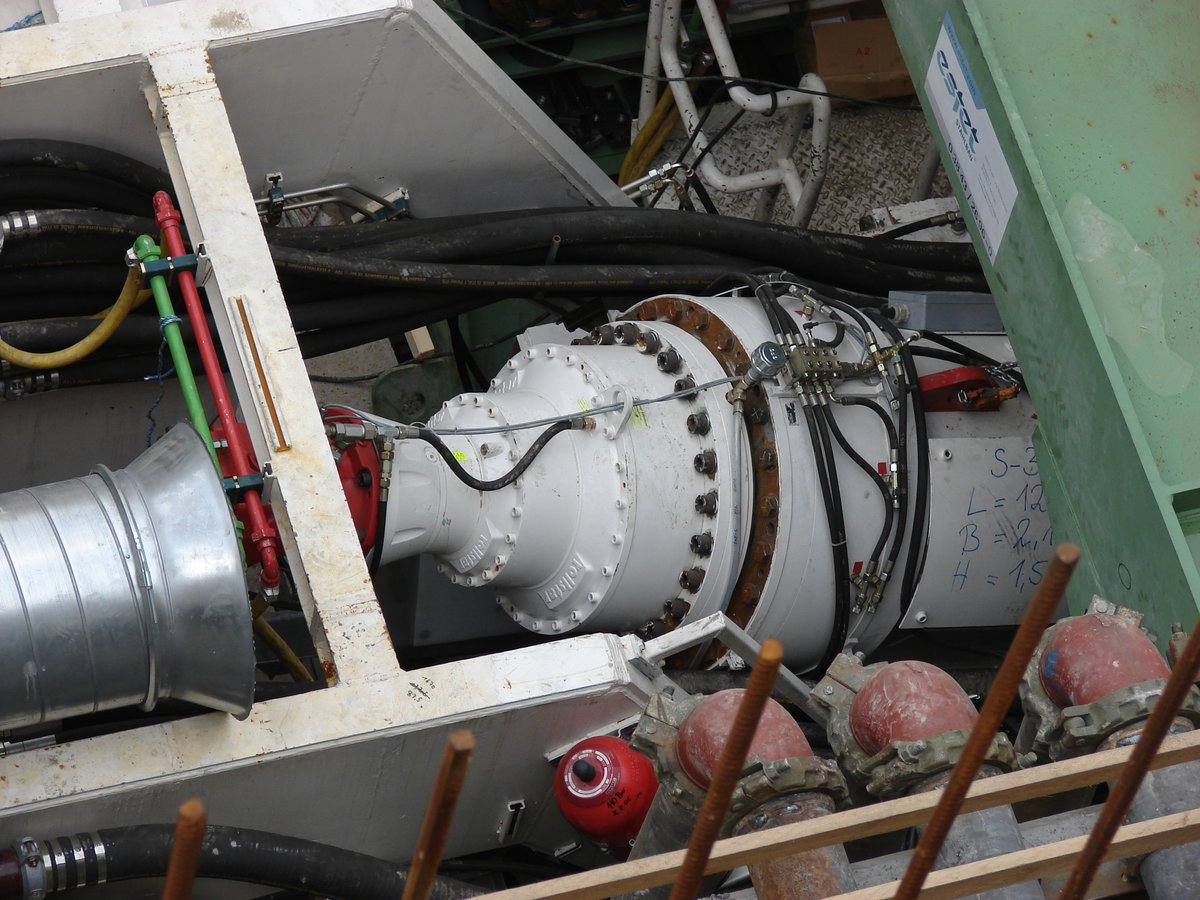
Kelenföld Vasútállomás Visiting Hours, Tickets, and Comprehensive Travel Guide (Budapest)
Date: 14/06/2025
Introduction: Budapest’s Kelenföld Vasútállomás at a Glance
Kelenföld Vasútállomás is one of Budapest’s major railway stations and a notable symbol of Hungary’s railway heritage and urban progress. Located in the 11th district (Újbuda), it’s not only a critical transport hub for both domestic and international travel but also a protected historic landmark. This guide offers in-depth insights into the station’s history, architecture, practical visiting details—including hours, ticketing, accessibility—and its role within Budapest’s broader transport network. Whether you’re a traveler, commuter, or a railway enthusiast, Kelenföld Vasútállomás is an essential gateway for exploring Hungary and its capital.
Historical Overview and Significance
Early Foundations and Location
Established amid the rapid expansion of Hungary’s railway network in the 19th century, Kelenföld stood at a strategic point bridging Buda with key regional and international destinations. Before its construction, the area was largely undeveloped, but the station’s arrival transformed it into a bustling urban node (en.wikipedia; epiteszforum.hu).
The opening of the Déli (Southern) Railway Station in 1861 and engineering works such as the 361-meter Gellért Hill tunnel enabled direct rail access into the heart of Budapest (en.funiq.hu; de.wikipedia).
Construction and Expansion (1870s–1880s)
The Southern Connecting Railway Bridge (1877) solidified Kelenföld’s position as a vital junction, linking southern railways to Pest and eastern Hungary. The imposing main station building, completed in 1884 with historicist architectural features, underscored the station’s logistical importance, housing depots and staff facilities (hu.wikipedia).
Urban Catalyst
Kelenföld’s foundation spurred development in its environs, converting what was once “no man’s land” into a thriving district. The station’s presence attracted industry and residential growth, fulfilling its founders’ vision of railway-led urbanization (epiteszforum.hu).
20th Century: Challenges and Growth
- World War I & Interwar: Industrial expansion demanded larger rail facilities for freight, cementing Kelenföld’s logistics role (en.funiq.hu).
- World War II & Aftermath: The station became a crucial backup during heavy wartime damage to Budapest’s railway infrastructure. Operations resumed quickly after repairs in 1946.
- Postwar Modernization: Kelenföld further expanded its services, becoming a hub for Transdanubia and international routes, including Vienna, Munich, Zurich, Zagreb, and Ljubljana (hu.wikipedia; budapestcity.org).
Heritage Protection and Renewal
By the late 20th century, Kelenföld’s original building faced deterioration. It was granted historic monument status in 2007, with additional national protection in 2011. Renovation plans include transforming it into a branch of the Hungarian Technical and Transportation Museum, offering interactive exhibits and educational programs (budapestcity.org; en.wikipedia).
Integration into Budapest’s Transport Network
Kelenföld is a linchpin in Budapest’s multimodal system:
- Rail: Sixteen platforms serve both domestic and international trains, connecting to cities like Győr, Székesfehérvár, Pécs, Vienna, Munich, Zurich, Zagreb, and more (Rail Ninja).
- Metro: The M4 metro line (opened 2014) terminates here, providing fast, accessible transit to central Budapest (Budapest.com).
- Trams and Buses: Tram lines 1, 19, and 49, and a comprehensive network of buses (including night routes), ensure seamless urban and suburban connectivity (BKK Timetables; Moovit).
- Regional Transfers: Suburban and regional buses depart from Etele tér, the plaza fronting the station (Urban Access Regulations).
Visiting Kelenföld Vasútállomás: Practical Information
Location & Layout
- Address: H-1115 Budapest, Etele tér 5
- Layout: Spacious concourse with clear bilingual signage, elevators, escalators, tactile paving, and under/overpasses connecting platforms.
Visiting Hours
- Train services: Operate 24/7.
- Main station building & amenities: Generally accessible from 4:30 AM to 11:00 PM.
- Museum (upon opening): Expected 9:00 AM–6:00 PM, Tuesday–Sunday. Confirm on official sites for updates.
Ticketing and Travelcards
- Train tickets: Purchase at counters, machines, or online via MÁV.
- Public transport: BKK tickets and travelcards for metro, tram, and bus can be bought at vending machines or kiosks.
- International tickets: Designated counters and online platforms available.
- Validation: Always validate your ticket before boarding or entering the metro.
Accessibility
- Full step-free access, elevators, ramps, tactile paving, and accessible restrooms.
- Assistance available for passengers with reduced mobility (advance request recommended).
- Digital boards and signage in Hungarian and English.
Passenger Services & Amenities
- Waiting areas, luggage storage (lockers and staffed offices), shops, bakeries, cafes, free Wi-Fi, ATMs, currency exchange, and lost & found.
- Clean restrooms (small fee may apply).
- Left-luggage office and coin-operated lockers for secure storage.
Travel Tips
- Arrive early during peak times (summer mornings and afternoons).
- Purchase tickets in advance via mobile apps when possible.
- Use the M4 metro for fast access to central Budapest.
- Download the BKK Futár app or Audiala app for real-time updates.
- Carry small change for restrooms and ticket machines.
- Use licensed taxis from official ranks—avoid unregistered cars.
Train Services & Operational Flexibility
- Domestic/International: IC, EuroCity, and regional trains to Vienna, Győr, Szombathely, Lake Balaton, and more.
- Contingency: Kelenföld acts as a backup terminal during maintenance at other main stations (Potniski SZ).
Nearby Attractions & Combining Your Visit
- Gellért Hill & Citadella: Sweeping Budapest views and historical sites.
- Bikás Park: Family-friendly green space with playgrounds and open-air art.
- Buda Castle District: UNESCO World Heritage site, easily accessed via metro or tram.
- Etele Plaza: Shopping, dining, and leisure adjacent to the station.
Special Events and Guided Tours
- Watch for special exhibitions, cultural festivals, and museum workshops at the station and upcoming museum. Guided tours are offered seasonally; check official tourism or museum sites for announcements.
Photography & Observation
- The station’s blend of historic and modern architecture, plus views of trains and Etele tér, make it a favorite for photography, especially at golden hour.
- Planned observation terrace for trainspotting and panoramic urban vistas.
Frequently Asked Questions (FAQ)
Q: What are Kelenföld Vasútállomás’s opening hours?
A: Train platforms operate 24/7; main building and amenities are generally open from 4:30 AM to 11:00 PM. Check current schedules online.
Q: How do I purchase and validate tickets?
A: Tickets can be bought at counters, machines, or online (MÁV). Validate before boarding.
Q: Is the station accessible for disabled travelers?
A: Yes—elevators, ramps, tactile paving, and accessible restrooms are provided. Staff assistance is available upon request.
Q: Are there luggage storage options?
A: Yes, coin-operated lockers and a staffed left-luggage office are available.
Q: What public transport connects here?
A: Metro Line 4, tram lines 1, 19, and 49, numerous bus routes, and licensed taxis.
Q: Are there nearby tourist attractions?
A: Yes—Gellért Hill, Bikás Park, and Buda Castle are within easy reach.
Q: Are guided tours available?
A: Guided tours of the historic station are not currently available due to renovations. Watch for future museum programs.
Conclusion
Kelenföld Vasútállomás seamlessly blends Hungary’s railway heritage with cutting-edge modern transport. Its central role in Budapest’s network, accessible facilities, and proximity to major attractions make it a top choice for travelers and locals alike. Whether you’re catching a train, exploring the city, or discovering Hungary’s rail history, Kelenföld is a gateway worth visiting.
For current hours, ticketing, and event information, refer to official sources and consider downloading the Audiala app for real-time travel updates. Make your Budapest journey smooth and memorable—start at Kelenföld Vasútállomás!
Sources and Further Reading
- Kelenföld railway station, 2024, Wikipedia (en.wikipedia)
- Kelenföld Vasútállomás slow decline, 2024, Építészfórum (epiteszforum.hu)
- Kelenföld railway station overview, 2024, Funiq (en.funiq.hu)
- Bahnhof Budapest-Kelenföld, 2024, German Wikipedia (de.wikipedia)
- Kelenföld Vasútállomás, 2024, Hungarian Wikipedia (hu.wikipedia)
- Kelenföld station heritage and renovation, 2024, Budapest City (budapestcity.org)
- Rail Ninja station information, 2025 (Rail Ninja)
- Budapest Metro lines and timetables, 2025, Budapest.com (Budapest.com)
- BKK Timetables and Transport Info, 2025 (BKK Timetables)
- Urban Access Regulations Budapest Public Transport Leaflet, 2024 (Urban Access Regulations)
- GYSEV Budapest-Kelenföld Station, 2025 (GYSEV)
- Potniski SZ Notice June 2025 (Potniski SZ)
- Travel Guide Budapest Public Transportation, 2024 (Travel Guide Budapest)
- Hungarian State Railways (MÁV) official website, 2025 (MÁV)
- Audiala app official site, 2025 (Audiala)
